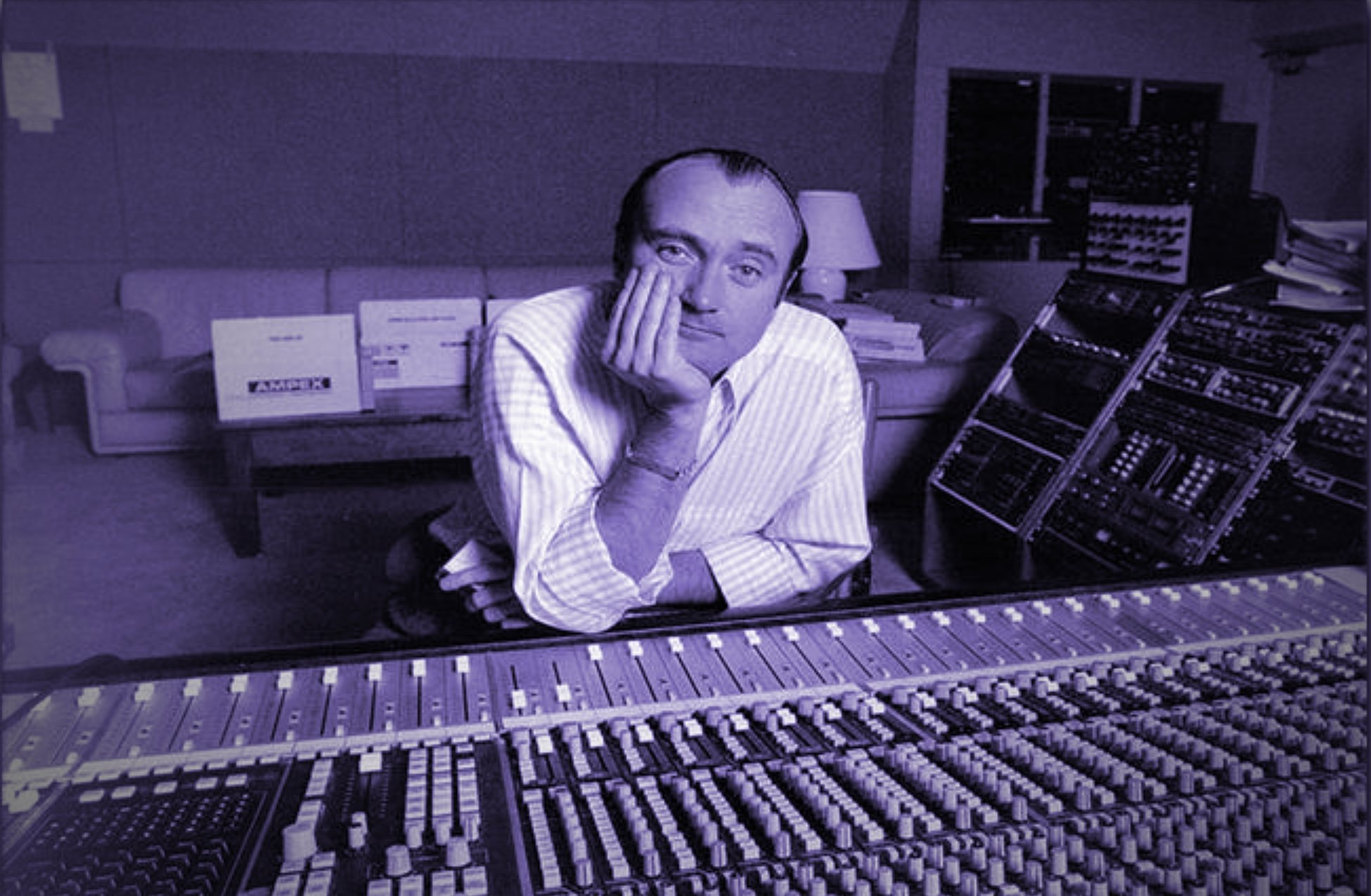Guide to Reverb
Impossible to live without in music production. Guaranteed you’ve used a reverb plug in. But what do they actually do? Well, Reverb plugins are designed to simulate a space. We can use this to achieve realism, or for crazy effects, as you’ll see below.
This is so useful, because every sound we hear in the real world has to travel from its source to our ears, via the space we occupy. That could be an echoey High School corridor or a huge open field.
In a DAW, all the sounds exist in the virtual world, and do not have this sense of space.
Sounds from sample packs will have the sound of the room the samples were recorded in. If you use sounds from more than one sample pack, then you could be adding all the different room sounds into your mix.
Image from https://newenglandsoundproofing.com/reverberation_testing
So, one way to use reverb is to combat this problem. We can put all the sounds in one space of our choosing.
On a return track, set up a nice reverb you like, and want the overall track to have as a vibe
The return track has the benefit of not smothering the original sounds - it sits behind them more - it supports them.
Send individual sounds to this reverb return track, varying the amount depending on the sound
For example, a kick drum might not need any reverb
But your whole drum group might want a little to place it in the “room”
And a vocal will certainly benefit from this sense of space
Often I will have a second return track set up with a crazy reverb - and I’ll send stuff to this more for an effect that sounds cool. It’s great when you automate things like this at a build.
Image from https://surrealmemes.fandom.com/wiki/Grid
The best mixes sound 3-D. Even though you only have 2 ears and 2 speakers (or 2 headphones, L and R), it sounds like you can hear things up close, AND in the background.
One way to achieve this is to use reverb.
In the real world, when things have more reverb, our brain interprets the source of the sound as being farther away.
This is because the sound had to travel through the space further to get to our ear, bouncing off more surfaces and generating more reverb "reflections" along the way.
Whereas if a sound was very close to us, there would be little reverb because the sound reaches our ear quickly, generating less reverb "reflections" on surfaces.
Therefore if you use a short reverb, on a return track, and don't use much of it, your sound will be direct, up front, and sound closer.
But, if you drop a longer reverb directly onto your track as an insert, it will smother the sound, and make it sound further away.
It's completely up to you what sounds you apply this too, but one cool trick is automating things like the dry/wet of a reverb.
Want to Take Your Productions to the next Level?
Find out about my Free Ableton Beginner Webinar by Registering Here
Date: 2nd Feb, 7.15PM UK Time - Hosted on Zoom
You can set this up so an element - like a counter melody for example - can fade in from the background to the foreground as it becomes more important in the arrangement.
Combine this with these other audio tricks to achieve that 3-D mix:
Closer sounds sound brighter (more high frequencies) & louder
Farther away sounds are duller (less high frequencies) and quieter.
Enjoying the article? Sign up here for our free Guide to Synthesizers eBook
Gated Reverb
“Phil stopped playing and the sound suddenly went to nothing [as the gate kicked in]. It was like, 'Oh my god, that's amazing’.”
Hugh Padgham - Engineer on the session where Gated Reverb was discovered
Oh YES, I had to mention this one, the most famous reverb trick of all, the gated reverb!
Invented in the 80s by accident, when Phil Collins was working with Peter Gabriel.
The new SSL 4000 mixing desk allowed gates and compressors on each channel - which was state of the art at the time. It also had a heavily compressed talk back mic to the live room.
A combination of using these features in the wrong order, plus the brilliant reverb of the live room created that insane 80’s drum sound that has an epic hit, but then suddenly cuts off to silence in a dramatic way.
Unlike most reverb plugins that simulate a space using a computer algorithm designed by software engineers, convolution reverbs take a different approach.
In an attempt to be more realistic, sound engineers go to a location (eg an actual church hall or railway tunnel), and record an impulse response of that room.
Usually this is done by popping a balloon, and recording the sound it makes using high end microphones and recording equipment.
These impulse responses are then loaded into the plug in, which uses an algorithm to apply the sound of the space to your music. Incredible!
So if you ever wanted to record in a log cabin in Alaska, or a dojo in Tokyo, but don't have the means to… I'm sure you will find a convolution reverb plug in out there that will do the job for you!




